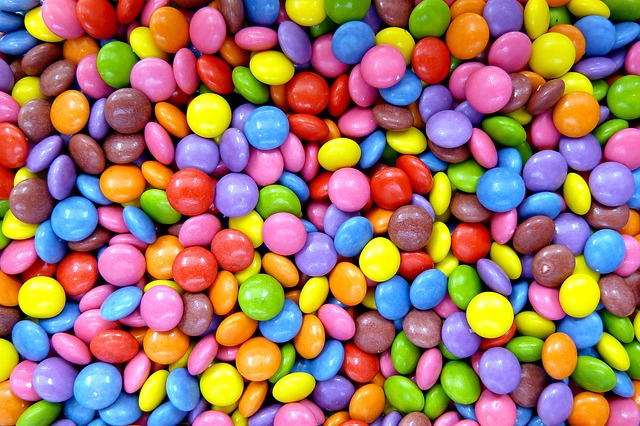By Tim Lambert
Early Chocolate
Chocolate is made from the fruit of the cocoa tree, which is native to Central America. It grows large, round fruits containing seeds or beans, which are used to make chocolate. However, for centuries, people drank chocolate rather than ate it. People in Central America drank chocolate as early as 1,500 BC. Much later, the Mayans and the Aztecs drank chocolate. The Aztecs called it xocolatl, from which are word chocolate is derived.
After the Spanish conquered Central America, they brought cocoa beans back to Europe. The beans were roasted and ground and used to make a drink with hot water. The Spanish added sugar to make it taste sweeter, and they stirred it with a wooden stick to make it foamy.
At first, chocolate was drunk only in Spain, but in the 17th century, chocolate spread from Spain to the rest of Europe. In London, a chocolate house where you could buy a drink of chocolate opened in 1657. In the late 17th century, people began to mix chocolate drinks with milk to make them taste better. The first chocolate factory in America opened in 1765. Then, in 1795, Joseph Fry began using a steam engine to grind cocoa beans. That allowed the mass production of chocolate.
In the early 19th century, chocolate Easter eggs were made in France and Germany, and from the 1870s, they were made in England. Meanwhile, in 1847, Fry made the first chocolate bar. However, at first, there was only dark chocolate. It was not until 1875 that a Swiss named Daniel Peter invented milk chocolate.
Meanwhile, the first box of chocolates was made in 1849. In 1861, for the first time, a box of chocolates was made in a heart shape for St Valentine’s Day. In 1899, Queen Victoria decided to send chocolate in a tin case to her soldiers fighting in the Boer War in South Africa to wish them a Happy New Year in 1900.
Modern Chocolate
However, chocolate remained a luxury until the 20th century. Then, many new varieties of chocolate bars were introduced in Britain. First came Flake (1920), Fruit and Nut (1921), Milky Way (1923), and Crunchie (1929). Then came Snickers (1930), Mars Bar (1932), Whole Nut (1933), Aero and Kit Kat (1935), Maltesers (1936), and Smarties (1937). Later came Bounty (1951), Picnic (1958), Galaxy (1960), Topic (1962), Toffee Crisp (1963), Twix (1967), followed by Yorkie, Double Decker, and Lion Bar (1976), and Wispa (1983).
Furthermore, new boxes of chocolates were introduced in Britain. Milk Tray dates from 1915. Terry’s Chocolate Orange and All Gold were introduced in 1932. Black Magic came in 1933, and Dairy Box and Quality Street were first sold in 1936. Cadbury’s Roses dates from 1938, and After Eight was introduced in 1962. Meanwhile, Ruth Wakefield invented chocolate chip cookies in 1938.
In 2018, Mexicans made the world’s largest cup of hot chocolate, which contained 4,817 litres.

Last Revised 2025